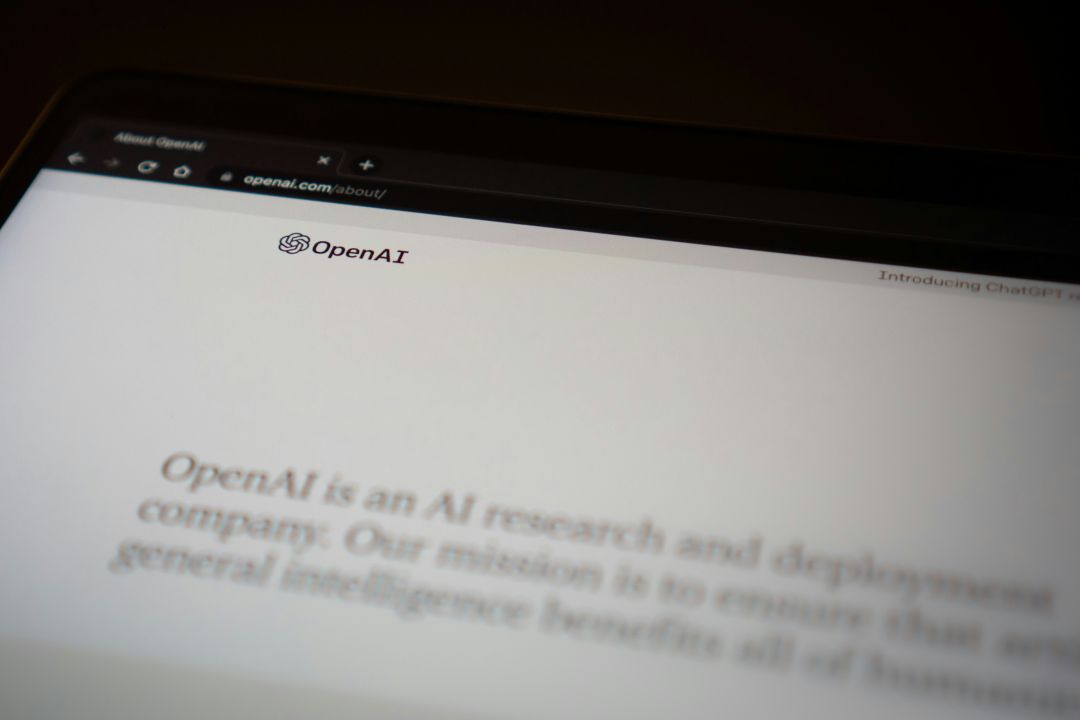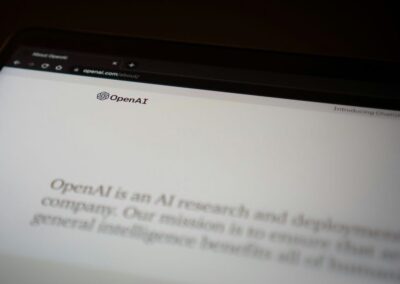What Does the Future of Generative AI Hold?
It was only a little more than a year ago that ChatGPT exploded onto the market. Within two months, it had acquired over 100 million users, an accomplishment rarely seen with emerging technology. As an example, it took Uber 70 months and Instagram 30 months to obtain that same level of users.
ChatGPT rapidly composes creative text when given simple prompts. Students quickly realized that this technology could be employed to author essays that are indistinguishable from human writings. Early adopters used this technology in multiple industries.
Over the next few months, ChatGPT demonstrated that it could perform at a high level on SATs, pass a state Bar exam, and even do better than the average student on the Multistate Professional Responsibility Exam (an ethics exam for lawyers).
A study in JAMA demonstrated that when asked medical questions, ChatGPT would respond in a manner that was judged by a team of healthcare professionals to be superior to physician responses to the same questions. The bot responses were rated superior for BOTH medical quality and empathy 78% of the time. There seems to be no query that ChatGPT could not provide a rapid answer. Possibilities are endless. And this was just in the first year of its arrival in the marketplace.
On the negative side, generative AI has been shown to occasionally give false answers, sometimes referred to as hallucinations or confabulations. It may also be subject to various biases. Appropriately, the extreme public excitement about this technology must be tempered with the potential downside of a false or unpredictable output. It is yet to be determined how significant these hallucinations are, and also if they can be mitigated or managed. Bottom line, we have a very smart technology that occasionally will lie to the user. But overall, the good seems to far outweigh the bad.
So, as we move into 2024 and beyond, how will this technology evolve? What will future generative AI look like in the years to come? Here are four points we must consider.
1. Expect updated versions with improved multimodal technology
When ChatGPT came out last year, it was based on GPT-3.5 and shortly thereafter, GPT-4. The first version, GPT-1, was available in 2018 and with each subsequent version, the capabilities increased exponentially, resulting in its present widespread applications in the marketplace.
We know that Open AI’s next version, GPT-5, is in the stages of training, and although the release date has not been made public, it is reasonable to assume that it could be some time this year. There is no doubt that GPT-5 will be many times more powerful than GPT-4. One can only imagine the impact of GPT-6, 7, etc., as these models come off the designers’ drawing boards in the coming years.
Additionally, we will see large language models evolve into large multimodal models which will be capable of using other sources of data input such as voice, photographs, and videos.
Future generative models will be able to take advantage of this additional data to provide even more powerful results. As with other AI technologies, I see the application of Moore’s Law—the ability to double the capacity every two years—to continue unabated from a practical perspective well into the next few years. Further, I do believe that the problem of hallucinations will be mitigated as the field better understands the etiology of false results and provides remedies to correct or at least minimize them.
2. Multiple competitors will continue to enter the market
Open AI’s ChatGPT was just the beginning. For a short while it was the big player in the market, but it was quickly followed by Microsoft Bing and now Google Gemini. There are now multiple players in the market with Claude, AI Chat, Olympus, and others, just to name a few.
Multiple additional players are expected to enter the market. Competition will undoubtedly speed up the already accelerating capabilities of generative AI in future years. The consumer will have multiple choices and provide more input into future versions of generative AI.
3. Generative AI will evolve toward Adaptive AI and Artificial General Intelligence
Even with all the bells and whistles associated with generative AI, it is fundamentally just a big “cut and paste” technology. One can debate whether the output is truly creative or whether it is just a combination of bits and pieces of preexisting content placed into an aggregate result. It calls to question what is truly “new” and what is just old information that is repackaged or redeployed.
Generative AI is just the first phase. Adaptive AI is the next form in the continuum, and it is already here. Adaptive AI learns, adapts, and improves as it encounters changes, both in data and the environment. While more traditional forms of AI follow set rules and algorithms, adaptive AI systems can modify their behavior based on their experiences.
As generative AI integrates with other technologies, its utility applicability will increase manyfold. For example, combining generative AI with voice recognition technology gives the computer the ability to construct meaningful medical notes from a doctor-patient conversation. The content of the conversation could then be enhanced with existing content (labs, X-rays, etc.) that already exist in the medical record to provide a truly comprehensive medical document in real time.
Furthermore, the content of published medical articles and research can be rapidly incorporated into that medical record, providing invaluable assistance to the physician and the health care team. This technology is already being applied by multiple vendors in healthcare.
But adaptive AI is simply an intermediary to the end game: Artificial Generalized Intelligence, or AGI. AGI is defined as the intelligence of machines that allows them to comprehend, learn, and perform intellectual tasks much like humans. AGI emulates the human mind and behavior to solve any kind of complex problem. What is now generative AI is a key step in the future achievement of AGI.
4. Connectivity will bring generative technology to a whole new level
AI does not exist in a vacuum. This technology will integrate with modalities such as the Internet of things, brain-computer interfaces (BCIs)and robotics. The number of potential innovations becomes overwhelming.
Stay Tuned for the Future of Generative AI—and Beyond
We have seen incredible advancements in generative technology, but I am constantly reminded by the Bachman-Turner Overdrive song: “You ain’t seen nothing yet!”
I can only imagine GPT-7 or its counterparts. The combination of enhancements, greater competition, the road to AGI, and computer interfaces will profoundly change what we now see already as an amazing technology.
If you’d like to learn more about current and future impacts of generative AI and related technologies in the medical field, book my presentation on AI in healthcare or reach out to learn more.
Keep your seat belts fastened!




